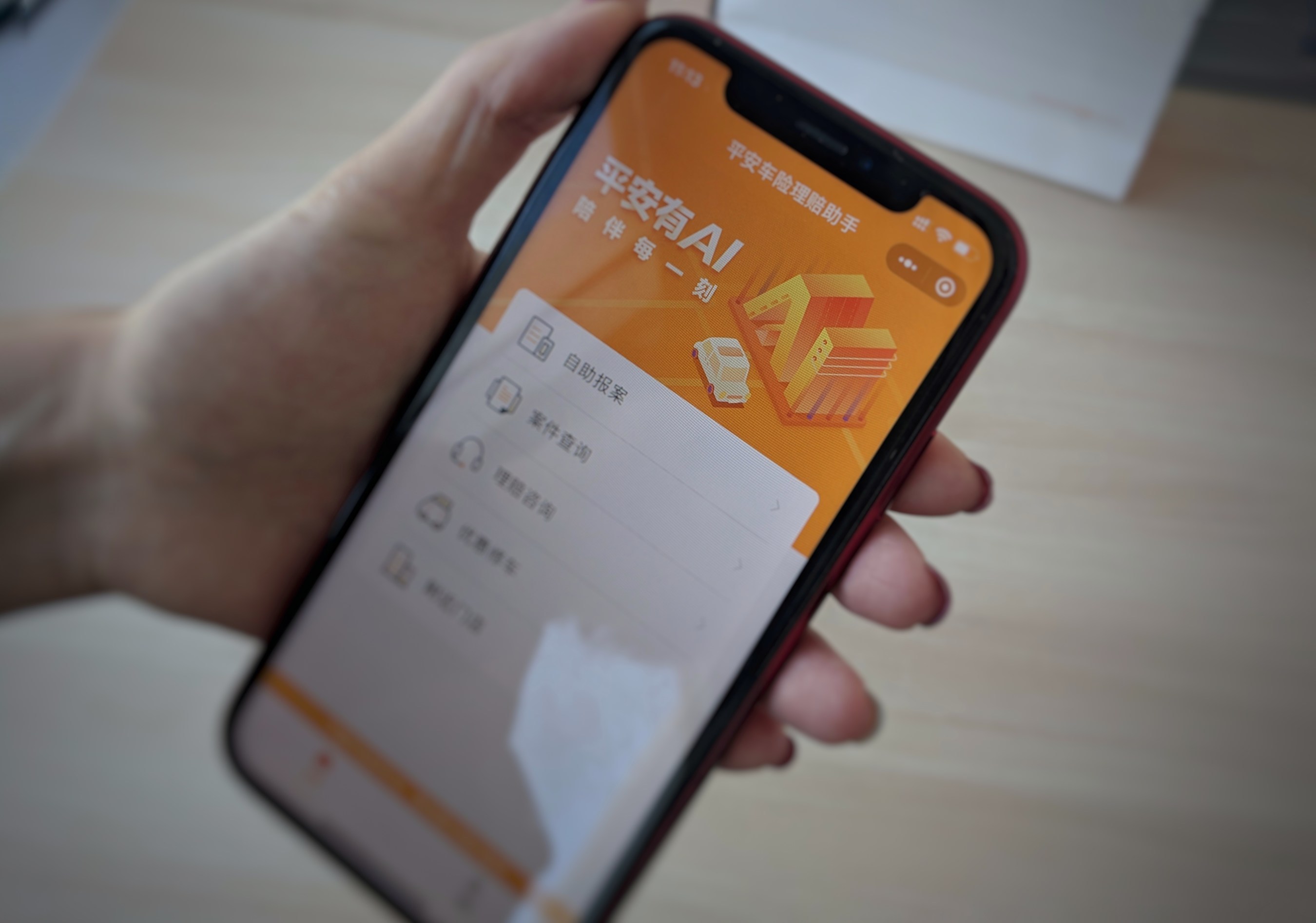Ping An Unveils Credit Based Smart Auto Insurance Claim Solution
Ping An announced that its P&C unit – Ping An P&C – has launched a credit based smart auto claim solution nationwide, to make it easier for car owners to make claims and encourage good driving habits.

The credit based system will go online across the country having completed testing in Guangdong Province last month. Drivers can make claims through their mobile phone and receive compensation deducted from a dynamic credit quota, which is related to their driving behavior and history – including traffic violations and credit records. All they need to do is to report the case to the insurer, upload relevant photos for an AI-assisted assessment and confirm the compensation online. Car owners can check their credit quota via a mobile application developed by Ping An, and the quota will change dynamically based on big data like the user’s driving habits. Good drivers with safe driving habits will earn larger quotas while those who commit transgressions such as fraud will see their credit quota canceled.
The traditional claim settlement includes a number of complicated stages such as initial reporting, loss assessment, compensation assessment, handling documents and compensation, requiring 5.18 manual workflows in a single case on average. The new system is based on the AI smart claims credit model built with technologies such as image damage assessment, OCR bills identification, and biometrics. It greatly minimizes the complicated procedures.
At present, AI technology has been applied to the whole process of car insurance claims settlement, including initial reporting, submitting digital pictures, loss assessment, document handling, etc. Smart human-machine interaction offers round-the-clock service to handle the reported cases. The smart scheduling engine and smart grid technology can provide timely surveying within 5-10 minutes for 95.5% of car accident cases that occur during the daytime. 30% of these cases have adopted AI image recognition technology to complete the loss assessment. The accuracy rate is as high as 95%, and compensation can be received within seconds through face recognition.


